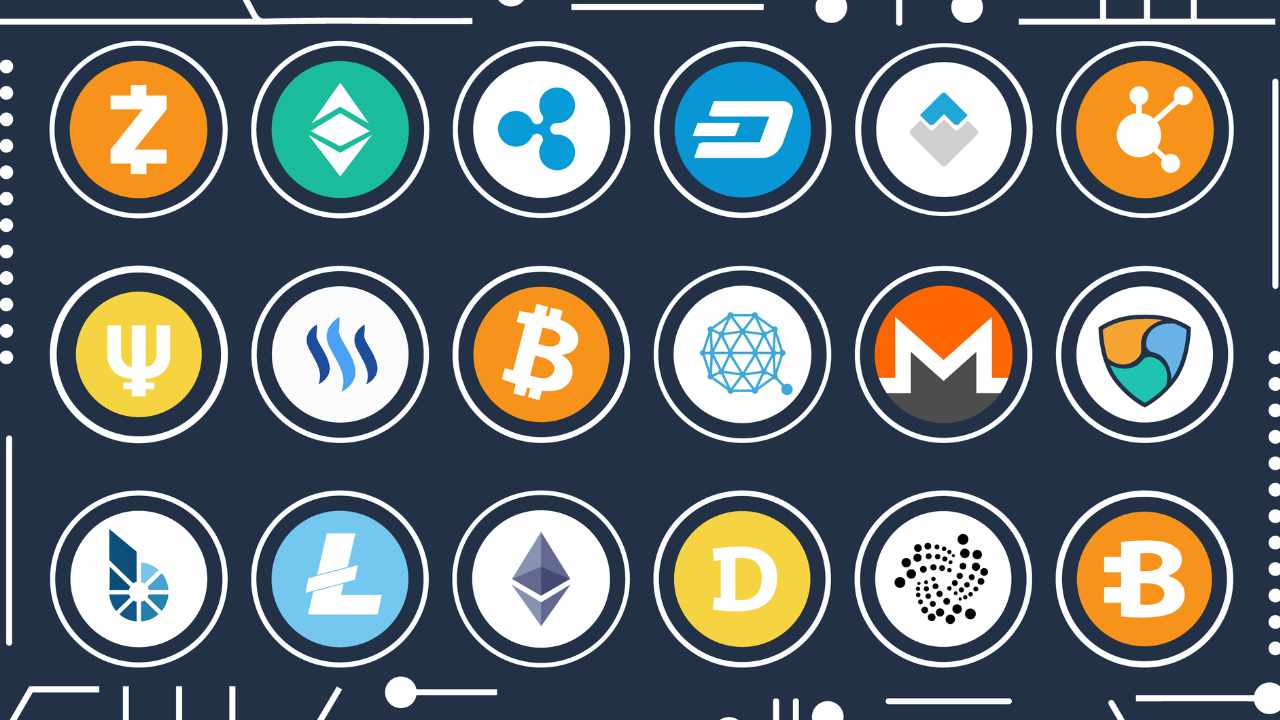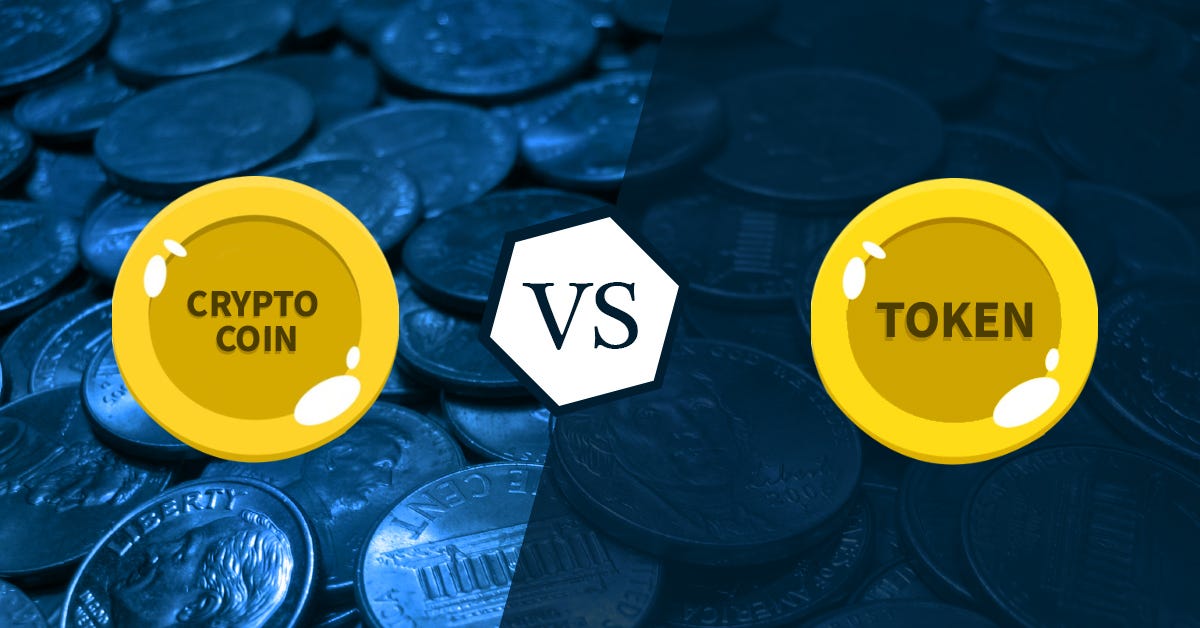The cryptocurrency market is currently primarily focused on Ethereum and Bitcoin, two major coins with numerous disadvantages, despite their ongoing expansion. The electronic currency Bitcoin has a few drawbacks, including slow transaction speeds and high fees, despite its revolutionary nature. The Ethereum platform suffers from the effects of the adaptability issue as well as high gas costs, even though it is prepared to perform activities other than executing basic exchanges and allowing brilliant agreements. Because of these restrictions, it is difficult to make long-term use of these cryptocurrencies in real-world transactions, distributed applications (dApps), and markets.
The creation of alternative cryptocurrencies, or altcoins, has the potential to address these issues. They demonstrate a particular kind of blockchain technology and provide a wide range of solutions that Bitcoin and Ethereum lacked. By increasing the probabilities, demands, and performances of standard electronic currencies, altcoins are preparing for competition.
Examples of new-age altcoins that introduce novel concepts to the blockchain industry include Polkadot, Solana, and Cardano. A real-world cryptocurrency platform like Cardano, for instance, employs proof-of-stake consensus to enhance energy security. Additionally, in addition to resolving some of Bitcoin and Ethereum’s most pressing issues, these advancements make it possible to expand the application area of decentralized finance (DeFi), supply chains, and other applications.

What’s an altcoin?
All digital coins have been referred to as “”altcoins”” ever since Bitcoin’s inception. However, the crypto industry has undergone rapid transformation. Because there are currently more than 10,000 coins and tokens, the term “”altcoin”” is not the most useful one. Declaring that all other presidents are just replacements for George Washington is similar to this. As a digital currency, Bitcoin was created to provide a decentralized alternative to centralized payment systems that could be used in the same way as traditional currencies.
However, our financial system would not be destroyed by a straightforward currency. It includes financial markets like stock exchanges, financial institutions like banks, financial instruments like assets or securities, and financial services like asset and liability management. If Bitcoin is to become digital gold, the all-encompassing term “”altcoins”” aims to reimagine our entire centralized financial system.
Token versus coin

This game pits a coin against a token. Although there are significant distinctions, they are somewhat used interchangeably. Encryption methods are used to create coins, which are digital forms of money that hold value over time. A coin’s main characteristics are as follows: First, they are connected to open public blockchains. The network is open to participation by anyone. Second, they can be mined, sent, or received.
Varieties of altcoins

Terms are used interchangeably. However, I’d like to provide an overview of a few of the most important crypto buckets.
Tokens for security: represent a tangible or digital asset’s legal ownership. The financial assets that can be traded, such as a company’s share or bond, are referred to as security tokens. They are intended as an investment. They serve as direct on-chain representations of real-world securities on blockchain projects and/or digital assets and pay dividends, share profits, or pay interest.
Coins that last: Prices for cryptocurrencies can fluctuate rapidly. It would be difficult to use them in daily transactions. Therefore, the attempt to create a stable cryptocurrency led to the creation of stablecoins. They are made to track another asset’s price. The value of the US dollar is the basis for most of the largest stablecoins.
The coin will reflect any changes in their price. There are stable coins for sending or saving money. Whether you lend stable coins or use specific savings protocols, you can earn interest with them. Their low volatility is an excellent asset. However, as a result, they might not be the best cryptocurrency investment.
Tokens for governance: Governance tokens are digital currencies that grant stakeholders the authority to influence the project’s future. You can usually create and vote on proposals in a cryptocurrency using these tokens. Because all holders have a say in the project and no single authority makes decisions, this helps make the cryptocurrency decentralized.
Is it a Good Idea to Make an Investment in Altcoins? Similar to investing in gold, numerous new opportunities are emerging in the cryptocurrency sector. Some altcoins are ambitious endeavors with more application scenarios than Bitcoin. If altcoins become popular, their prices could rise significantly because they are less well-known. Because there are fraudulent projects, it is essential to research the one you are interested in. Altcoins, on the other hand, try to solve problems without a current.
Tokens of use: incorporated into an existing protocol and utilized to gain access to its services. To gain rewards or pay for services, utility tokens are used. They are not intended to be invested. They can be useful. The best illustration of this would be a gift card, which allows you to prepay for a reward or service at a later time.
They offer no form of ownership, like security tokens. They can be used to pay for services within their particular ecosystem, but unlike security tokens, they are not intended for direct investment. The connection between a stage and a utility token is synergistic. The utility token is protected by the platform, and the token provides the network activity required to boost the platform’s economy.









